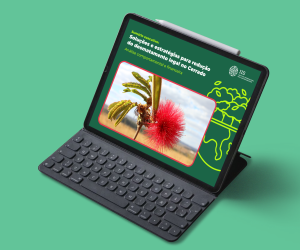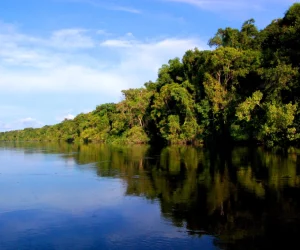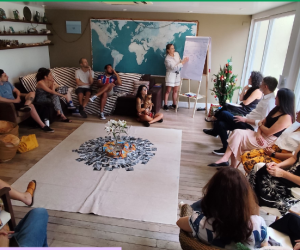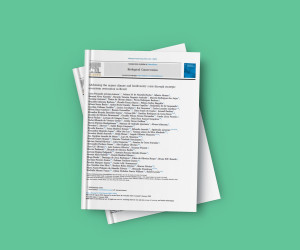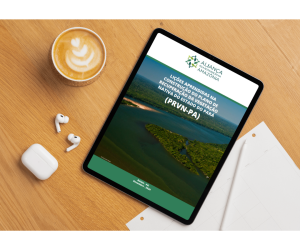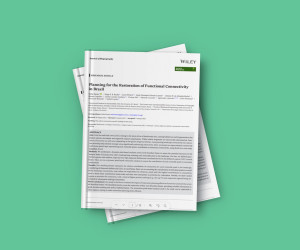Publications > Article
Predicting landscape-scale biodiversity recovery by natural tropical forest regrowth
Natural forest regrowth is a cost-effective, nature-based solution for biodiversity recovery, yet different socio-environmental factors can lead to variable outcomes. A critical knowledge gap to inform forest restoration planning is how to predict where natural forest regrowth is likely to recover high levels of biodiversity, as an indicator of conservation value and potential for provisioning of diverse ecosystem services. In this study, we predicted and mapped landscape-scale biodiversity recovery of species richness and total abundance of vertebrates, invertebrates, and plants in tropical and subtropical second-growth forests to inform spatial restoration planning. First, we conducted a global meta-analysis that quantified the extent to which recovery of species richness and total abundance of vertebrates, invertebrates, and plants in second-growth forests deviated from biodiversity values in reference old-growth forests found within the same landscape. We then employed a machine learning algorithm and a comprehensive set of socio-environmental factors to spatially predict and map this landscape-scale deviation. We found that landscape-scale biodiversity recovery in second-growth forests: (i) can be spatially predicted using socio-environmental landscape factors (human demography, land use/cover, anthropogenic/natural disturbances, ecosystem productivity, and topography/soil); (ii) was higher for species richness than for total abundance for vertebrates and invertebrates but not for plants (which showed a similar recovery for both metrics); and (iii) was positively correlated for total abundance of plant and vertebrate species. Our approach can help identify tropical and subtropical forest landscapes with high potential for biodiversity recovery through natural forest regrowth.

